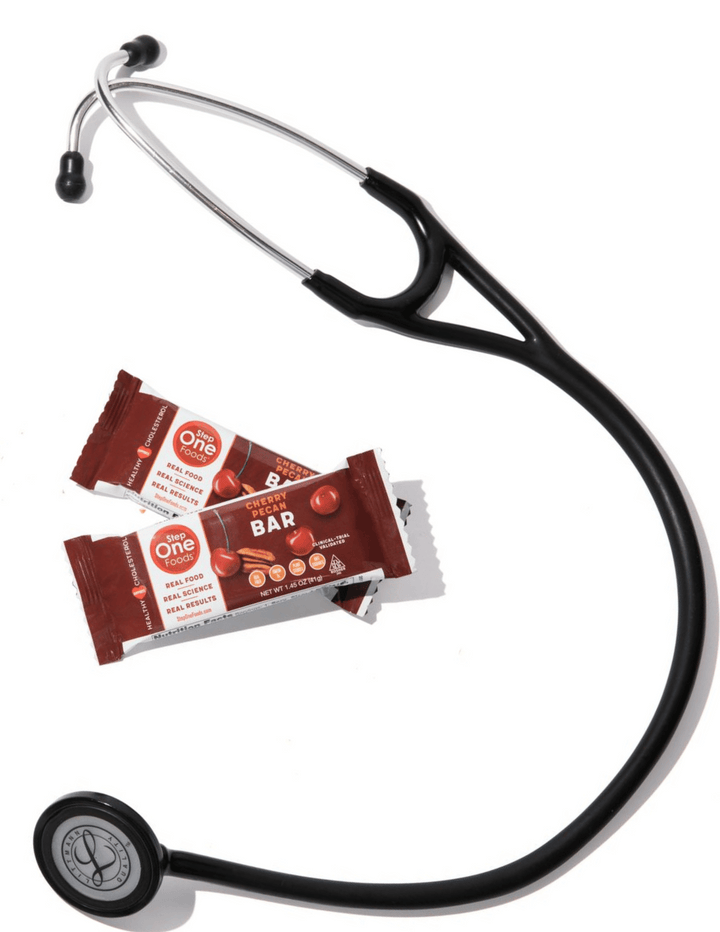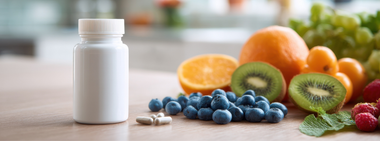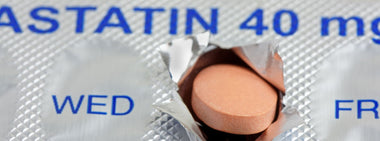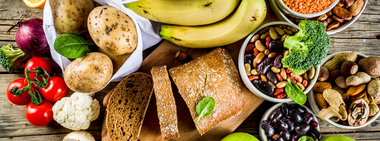10 tips to become a smarter food shopper

From health claims to ingredient lists, maneuvering the current food landscape has never been more difficult. But that doesn’t mean you can’t succeed at making good decisions at the grocery store.
Here are the 10 things you can do to be a smarter food shopper:
1. Be wary about any claims on food packaging. Not all claims are created equal and many are simply used as marketing gimmicks. Use these only as a starting point and not as a reason to purchase a specific food item. To some extent, the more the item “shouts” about how good it is for you, the more skeptical you should become.
2. Look at the ingredient list and, as a first pass, assess the length of it. In general, the shorter the ingredient list, the better. Long lists usually mean a bunch of additives, flavor enhancers and stabilizers. It’s your first clue to an inferior choice.
3. Read the ingredient panel to make sure the vast majority of what is listed comes from real food. The more the list sounds like it came from a chemistry book, the less of it you should have. Yes, some of the ingredients may be fortifications, and vitamins can sound like chemicals, but foods that need lots of fortification are foods made from ingredients that are devoid of healthy nutrients to begin with. Adding lots of Vitamin C to Gummy Bears does not make them good for you.
4. Beware of foods that group or split their ingredients into components, especially if it hints at a marketing gimmick. By law, ingredient lists catalog the ingredients in a food product in order of their weight contribution. Unfortunately, this invites all sorts of manipulation by food manufacturers. Be on the lookout for groupings like “grain blends” so healthier ingredients end up at the top of the ingredient list while added sugars that come from various different-sounding components like “brown sugar”, “dehydrated cane juice” and “honey” fall down the list. Ingredient grouping and splitting identifies a product that’s trying to make you think it’s better for you than it really is.
5. Understand that the Nutrition Facts panel doesn’t give you all the facts. It hides important information and tells you NOTHING about where the nutrients are coming from. For example, people often focus on sugar content. But sugar is not bad if it comes from whole fruit! After all, an apple will have more sugar than some candies! What’s more, multiple sweeteners – that are not necessarily good for us – can, by law, be excluded from the nutrition facts panel. So you could be eating a food that lists no sugar, tastes sweet, but is counterproductive to health. Go back to the ingredient list! That’s where the real information is.
6. Use the Nutrition Facts Panel mostly to identify the calories per serving and amount of sodium present in the food. For optimal health, sodium consumption should fall below 2300 mg/day but most of us get way more. A really fast way to figure out if a food is high in sodium is to look at the calories per serving and sodium per serving (forget the units). If the sodium number is close to or below the calorie number, you’re good. If the sodium number is way higher than the calorie number, that’s the mark of a high-sodium item and you should think twice about putting that food into your cart. Sodium is not just an issue for blood pressure. In general, the higher the sodium content, the lower the overall quality of the food. Including fewer high-sodium items in your cart is a good strategy.
7. Don’t waste time seeking out foods calling out a high protein content. Protein deficiency is not a health concern for the vast majority of people. In fact, on average, most of us take in almost twice the protein we need for health maintenance already. In addition, protein supplemented foods often contain various sweeteners and flavor enhancers because protein on its own can have an off-putting flavor. The end result is a less health promoting, or even counterproductive, food overall. You’re much better off getting your protein from raw nuts, seeds, beans, fish and high quality meat/dairy.
8. Disregard the term “Natural”. Companies love to slap this label on everything since there’s no official entity regulating it. Plus there are plenty of ingredients that are “natural” but aren’t healthy or even advisable to consume. For example, arsenic is natural. And so is sugar. This means that a box of Fruit Loops could use the term “natural” somewhere on its box (sugar is the first ingredient, and that’s natural!) and get away with it.
9. Don’t assume that foods marked as “Organic” are better for you. A round green 100% USDA Organic label signals that all of the ingredients in the product are certified organic, and a round green A USDA Organic label means that 95% of the ingredients are certified organic. But foods that include some organic ingredients can prominently call that out on the front of the package even though the entire product is not 100 or even 95% organic. So without the round green seal, you’re likely not getting what you think you’re getting. And keep in mind that, like “natural” the term “organic” does not equal healthy! An organic lollipop is just as sugary as a mainstream sucker (and sometimes more).
10. Remember that the healthiest items in the grocery store have no claims, ingredient lists or nutrition panels on their packaging. These are the fruits, vegetables, herbs and leafy greens found in the produce aisle. Make sure that your cart always contains at least some of these items. The more, the better. All of these foods are nutrient dense but low in calories, and deliver fiber, antioxidants, vitamins, and various micronutrients vital for health. They are also naturally sodium and cholesterol free.
That's a lot to keep track of.
And if you’re concluding that it might be too much to have to think about every time you go grocery shopping, we agree! It is frankly ridiculous that so much scrutiny is required to avoid being duped while trying to eat better.
But do try to incorporate these strategies into your grocery shopping routine as much as you can. Over time, you will become a much better judge of what is real and what is marketing hype. What is food and what is a chemical formula concocted to please your taste buds - without ever considering your well-being. And how much better you can feel when you trade out foods that help build disease for those that build health instead.
Foods like Step One - that have been formulated specifically - and VALIDATED - to help lower cholesterol and support cardiovascular health. No gimmicks. No shortcuts. Just results.

Tested & Proven Results.
- Cardiologist formulated
- Supported by over 500 publications
- Clinically-proven, in a double-blind randomized trial with Mayo Clinic and The University of Manitoba
80% of participants lowered their cholesterol in just 30 days. With just two servings per day, Step One Foods offers a proven-effective way to naturally lower LDL (bad) cholesterol.
Get heart health tips and articles like this, delivered right to your email.
New articles every week.
You may also like...

Fiber Supplements vs. Fiber from Food – Is There a Difference?

You don’t need to avoid foods with cholesterol…except for these



